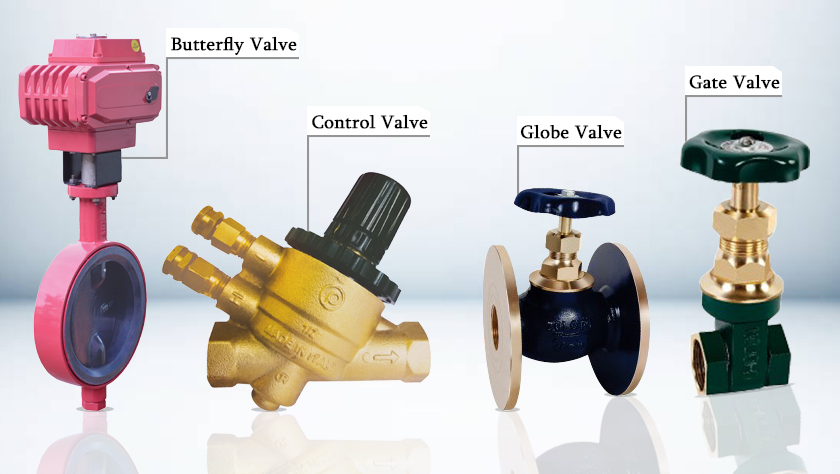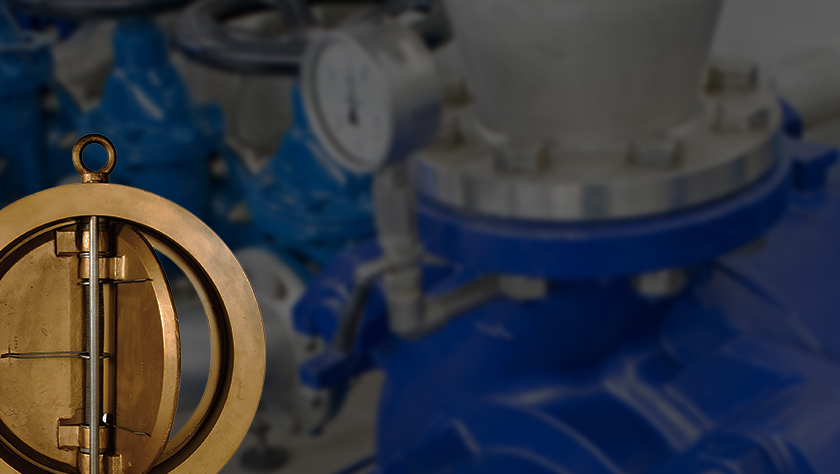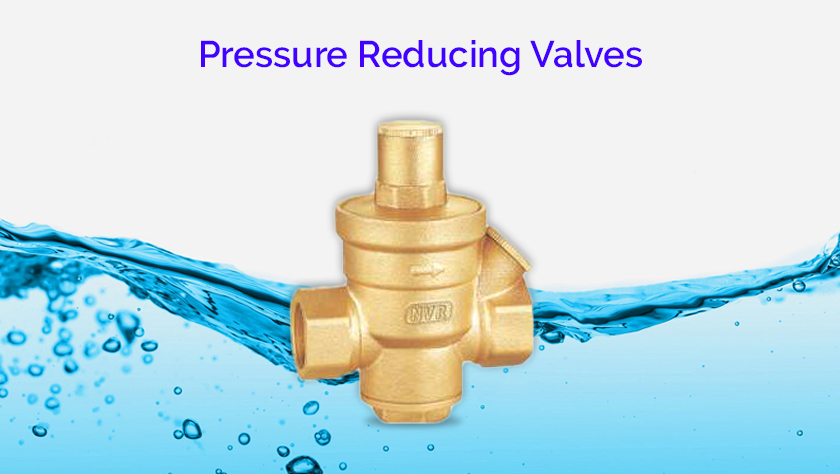A valve is a device that regulates the fluid flow as well as the pressure within a system or process. Unlike on-off valves, a control valve is used to regulate the fluid flow by stopping and starting the fluid flow as per the direction is given by the controller.
Control Valve
Control valves consist of three main parts: the valve, the actuator, and the controller. Various components of the Actuator include rain cap, eye bolt, diaphragm, spring, actuator stem, diaphragm case, scale plate, stem connector, and yoke.
The components of body part include packing flange, packing follower, yoke claim nut, gland packing, valve stem, bonnet, stud bolt and nut, gasket, guide ring, guide bushing, valve plug, seat ring, valve body, trim set, and positioner.
Though the primary purpose of a control valve is to regulate the fluid flow, there are two main forms of action i.e. the sliding stem and the rotary action. The most common type of control valves in the sliding stem include globe valve, angle body valve, and angle seat piston valve while the rotary action includes a butterfly valve and ball valve.
Why Control Valves are Used?
Control valves are used for various purposes in the industrial, engineering, manufacturing, and scientific communities. The primary purpose of a control valve is to regulate the rate of the fluid flow by varying the size of the flow passage. Control valves are most commonly used for consequential control of process quantities including pressure, temperature, and the liquid level.
How do Control Valves work?
With the help of opening and closing internal passages, control valves regulate the fluid flow. Control valves form a control loop which is then used by a controller to send signals. Control valves respond to these signals and adjust the internal openings accordingly.
Control valves use the actuator to move the valve stem. Usually, it is either air (pneumatically) or electrically driven. The pressure between the inlet and outlet decides the rate of flow through the valve.
In order to reduce the fluid flow, the valve is closed, which results in more back-pressure and increases the difference between the inlet and outlet pressures.
Control valves help in controlling the fluid flow and are used in various industries including pipeline, oil & gas, food & beverage, the biopharma industry, and marine industry.
SKG PNEUMATICS INC is the top industrial valve suppliers and they are also the leading control valve suppliers in India. All their products are tested for resilient durability to provide the best industrial valve to their customers.












 FSC
FSC